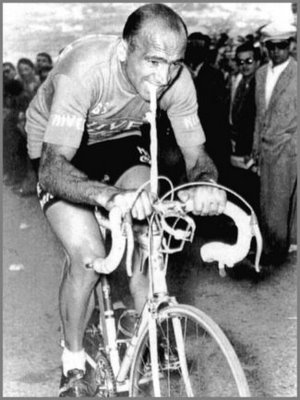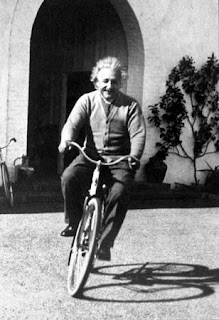Lewis Fenno Moulton
 Tue, December 17, 2013
Tue, December 17, 2013 
Moulton Parkway is a super highway in Orange County, California, that runs from Crown Valley Pkwy near Laguna Niguel north to Irvine where it becomes Irvine Center Drive. It was named after Lewis Fenno Moulton, a wealthy cattle rancher who owned 22,000 acres of land that was much of the area where Moulton Pkwy. runs today.
I was surprised to learn that the Moulton Ranch was still operating as a cattle ranch in the Aliso Viejo area as late as 1968, (See picture below.)

As early as the mid-1700s the Moulton family were prominent in Colonial affairs in New England, and Lewis F. Moulton’s great-grandfather was General Jeremiah Moulton who served with distinction during the Revolutionary War.
The General’s grandson J. Tilden Moulton who practiced law, moved to Chicago in the mid 1800s and later became Editor of the Chicago Tribune. His position at the newspaper brought him in touch with many prominent politicians of the day. Abraham Lincoln was said to be a personal friend.
J. Tilden Moulton had two sons, the youngest being Lewis Fenno, the subject of this story, who was born in Chicago in 1854. Lewis F. Mouton’s mother was the former Charlotte Harding Fenno. (Hence her son’s middle name.) She was a descendant of Samuel Fenno was directly involved in the Boston Tea Party that sparked the Revolutionary War.
 According to this account which is quite old and published while Lewis F. Moulton (Picture right.) was still living, so therefore I think more accurate.
According to this account which is quite old and published while Lewis F. Moulton (Picture right.) was still living, so therefore I think more accurate.
Lewis Moulton’s father died when he was quite young and his mother moved the family back east to Boston.
At 20 years old, in 1874, Lewis F. Moulton took the long trip to California. He didn’t go across land like most, he took a boat to Panama, crossed the narrow strip of land by train. He then took another boat to San Francisco.
He later moved south to Santa Ana where he worked on a ranch. He prospered and in time began sheep ranching in partnership with another man. In 1895 at the age of 41 he bought the 22,000 acres that would become the Moulton ranch in the Laguna Hills. Lewis Fenno Moulton died in 1938, he was 84.
A hard working man, who built his own empire, but no doubt coming from such a prominent family he had help along the way, if only by his credentials alone. His elder brother, Irving F. Moulton was Vice President of the Bank of California.

(Above.) Alicio Pkwy in 1968. This road intersects Moulton Pkwy.
(Below.) The next 3 pictures are Moulton Pkwy. in 1977.



Footnote: I am no direct relation to this Moulton branch of the family, as far as I know. Moulton, (Pronounced Molton.) is a fairly common English name. There are at least three towns in England named Moulton, translated from the old English it means simply, “A place where mules are kept.” This is probably where the name originated. So people get named after places, and later places get named after people, like Moulton Parkway.
 Dave Moulton | Comments Off |
Dave Moulton | Comments Off | 






























